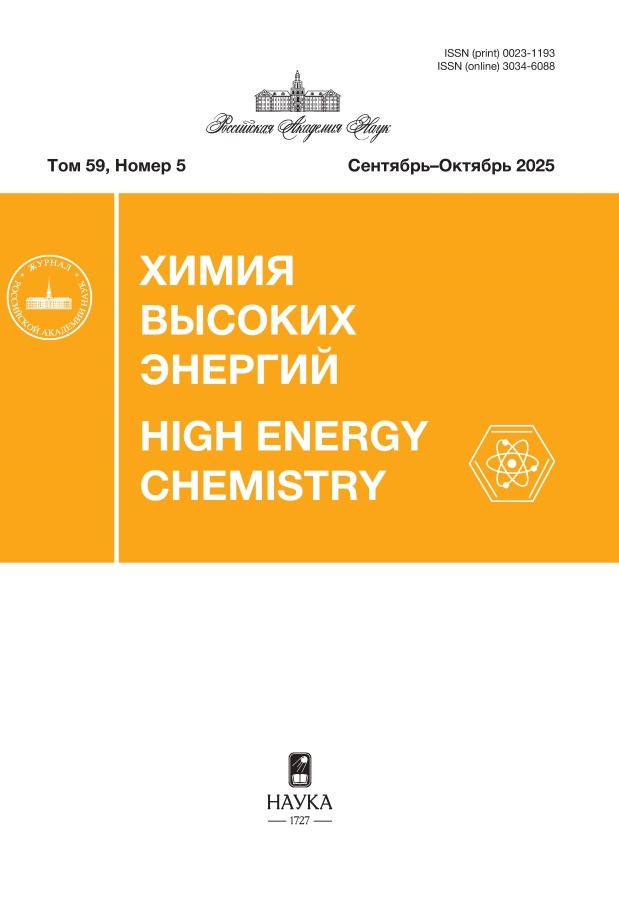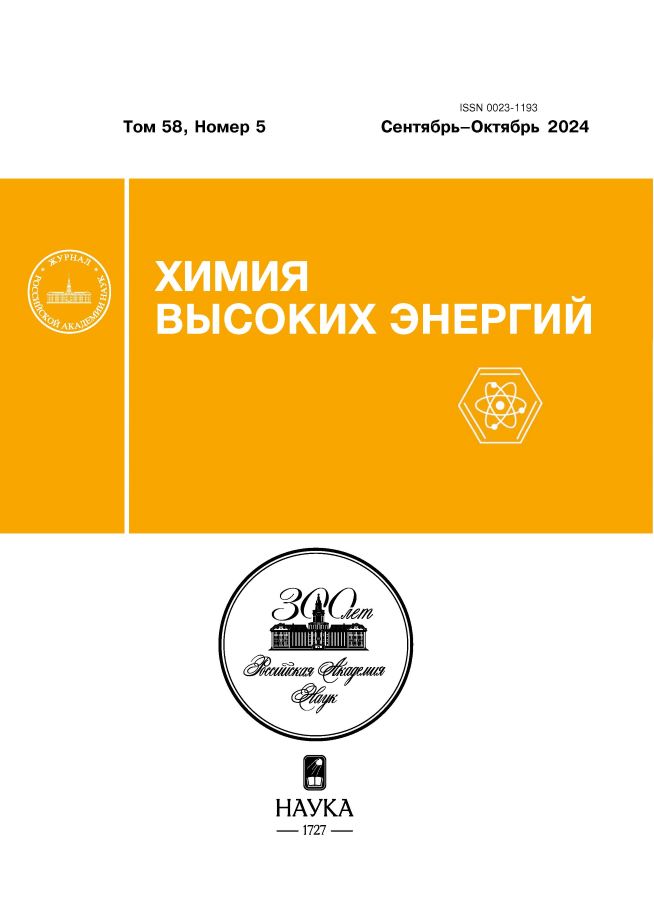Анализ флуоресценции белка и аминокислот как метод оценки эффективности бактерицидного действия
- Авторы: Пискарев И.М.1
-
Учреждения:
- Московский государственный университет им. М. В. Ломоносова
- Выпуск: Том 58, № 5 (2024)
- Страницы: 347-353
- Раздел: ФОТОНИКА
- URL: https://ruspoj.com/0023-1193/article/view/684840
- DOI: https://doi.org/10.31857/S0023119324050019
- EDN: https://elibrary.ru/TYLGJS
- ID: 684840
Цитировать
Полный текст
Аннотация
Исследована деградация альбумина и аминокислот, входящих в его состав: триптофана, тирозина и фенилаланина под действием холодной плазмы коронного электрического разряда, импульсного излучения горячей плазмы и УФ-излучения ртутной лампы 253.7 нм. Концентрация продуктов до и после обработки определялась по выходу флуоресценции. Механизмами реакций, приводящих к деградации белка, являются окисление, нитрование и восстановление дисульфидных связей. Степень деградации белка и аминокислот сравнивается с действием перекиси водорода. Обсуждается возможность оценки эффективности бактерицидного действия на основе выхода флуоресценции.
Ключевые слова
Полный текст
Об авторах
И. М. Пискарев
Московский государственный университет им. М. В. Ломоносова
Автор, ответственный за переписку.
Email: i.m.piskarev@gmail.com
Научно-исследовательский институт ядерной физики им. Д. В. Скобельцына (НИИЯФ МГУ)
Россия, МоскваСписок литературы
- Шлапакова Т.И., Костин Р.К., Тягунова Е.Е. // Биоорганическая химия. 2020. Т. 46. № 5. С. 466.
- Bruggeman P.J., Kushner M.J., Locke B.R. et al. // Plasma Sources Sci. Technol. 2016. V. 25. 053002 (59 p).
- Weltman K.D., Kolb J.F., Holub M. et al. // Plasma Processes and Polymers. 2018. e1800118.
- Rezaei F., Vanraes P., Nikiforov A. et al. // Materials. 2019. V. 12. 2751.
- van Gils C.A.J., Hofmann S., Boekema B.K.H.L. // J. Phys. D: Appl. Phys. 2013. V. 46. 175203. (14p).
- Wood J.P., Adrion A.C. // Environ. Sci. Technol. 2019. V. 53. № 8. P. 4045.
- Estifaee P., Su X., Yannam S.K. et al. // Scientific Reports. 2019. V. 9. 2326.
- Pattison D.I., Rahmanto A.S., Davies M. // Photochem. Photobiol. Sci. 2012. V. 11. P. 38.
- Антошина Д.В., Баландин С.В., Овчинникова Т.В. // Биохимия. 2022. Т. 87. Вып. 11. С. 1720.
- Matin R., Yousefzadeh S., Ahmad E. et al. // Food and Chemical Toxicology. 2018. V. 116. Part B. P. 129.
- Scappini F., Capobianco M.L., Casadei F. et al. // International Journal of Astrobiology. V. 6. № 4. P. 281.
- Пискарев И.М. // Химия высоких энергий. 2020. Т. 54. № 3. С. 223.
- Piskarev I.M. // IEEE Transactions on Plasma Science. 2021. V. 49. Iss. 4. P. 1363.
- Пискарев И.М., Астафьева К.А., Иванова И.П. // Современные технологии в медицине. 2018. Т. 10. № 2. С. 90.
- Piskarev I.M. // Plasma Chem. Plasma Process. 2021. V. 41. P. 1347.
- Лобачев В.Л., Рудаков Е.С. // Успехи химии. 2006. Т. 75. №5. С. 422.
- Luo Yu-Ran. Handbook of bond dissociation energies in organic compounds. 2003. CRC Press LLC Boca Raton. London, New York, Washington. рp. 1–94.
- Corpas F.J., Gonzalez-Gordo S., Palma J.M. // Plant Stress. 2021. V. 2. 10006.
- Иванова И.П., Пискарев И.М. // Химия высоких энергий. 2022. Т. 56. № 5. С. 361.
- Mandal B., Basu B. // RSC Advances. 2014. V. 4. 13854.
- Chung W. K., Russell B., Yang Y. et al. // Biotechnol. Bioeng. 2017. V. 114. P. 1264.
- Bechtel T.J., Weerapana E. // Proteomics. 2017. V. 17. №. 6. P. 1.
- Пискарев И.М., Иванова И.П., Трофимова С.В. и др. // Химия высоких энергий. 2015. Т. 49. № 1. С. 76.
- Davoudi M., Ehrampoush M.H., Vakili T. et al. // Int. Journal of Environmental Health Engineering. 2012. V. 1. Iss. 2. P. 1.
- Khurshidi H., Rafig M., Nazir F. et al. // Pure Appl. Biol. 2019. V. 8. № 4. P. 2238.
Дополнительные файлы














